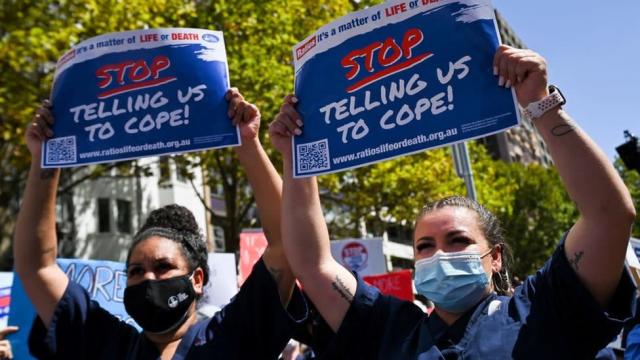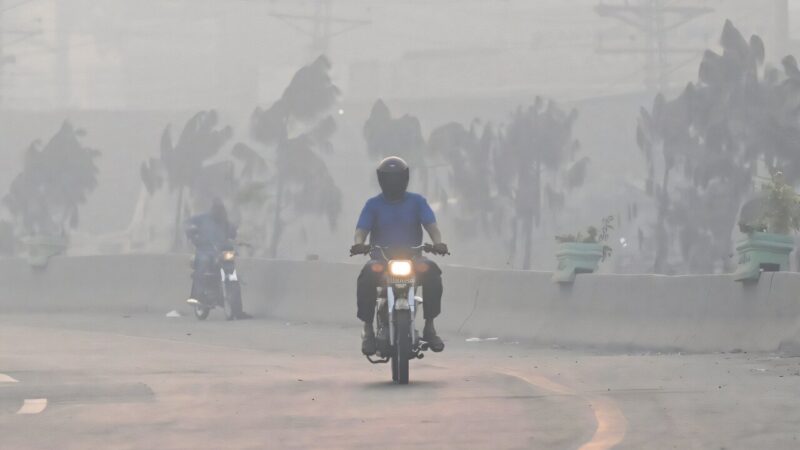Australia: Permanent migration cap raised for first time in decade

For the first time in ten years, Australia is raising its cap on a permanent migration to deal with the country’s serious labour shortages.
It will have up to 195,000 workers this fiscal year, a 35,000 increase.
The pandemic and Australia’s tight border regulations have exacerbated the labour shortages in certain industries.
According to the government, these roles must be filled by workers from important immigration sources for Australia, including China, India, and the United Kingdom.
Companies are having trouble filling more than 480,000 unfilled positions nationwide, even though unemployment is at an almost 50-year low.
The hotel, healthcare, agricultural, and skilled trades sectors have all been particularly hard hit.
An absence of workers has reportedly wreaked havoc at airports, allowed the fruit to rot on trees, and placed a significant burden on hospitals, according to testimony provided this week at a national jobs summit in Canberra.
The Minister of Home Affairs, Clare O’Neil, said, “Our goal is always to put Australian employment first…” But the impact of COVID has been so severe that even if we exhaust every other possibility, we will still be short by many thousands of employees, at least in the short term.
Permanent migration began to decrease in 2017 as immigration became a hot political issue after reaching a peak of over 190,000 per year in the middle of the 2010s.
However, political adversaries as well as supporters of business and labour have advocated for a rise in immigration.
According to Ms O’Neil, the current system is being replaced by one that recognises that we are engaged in a global talent competition.
The increase includes 4,700 jobs for healthcare professionals and an extra 9,000 positions for people moving to rural areas.
The government has also committed A$36 million ($24.4 million; £21 million) for extra staff members to assist in reducing the significant backlogs in visa processing.
Despite the pandemic’s reduced migration, Australia has received over a million new immigrants since 2016.
More than half of Australians, according to the census, were either born abroad or, for the first time, have parents who were.






